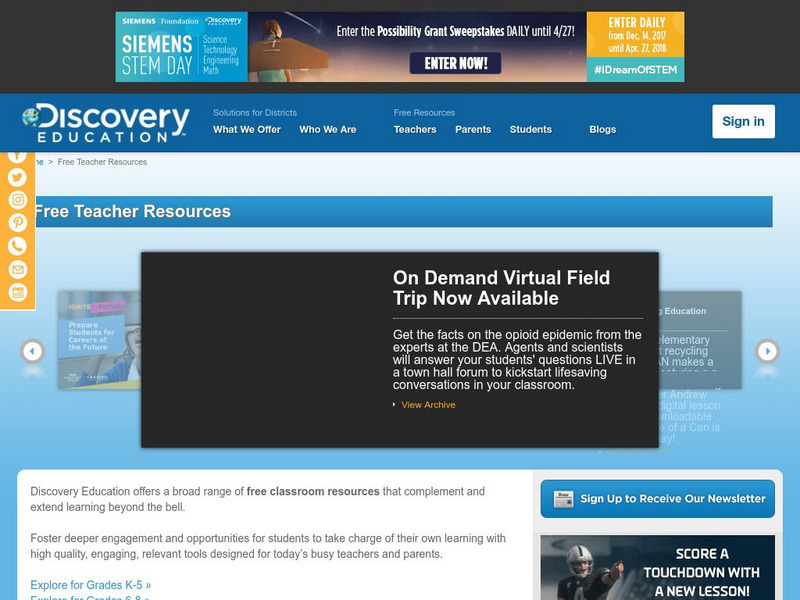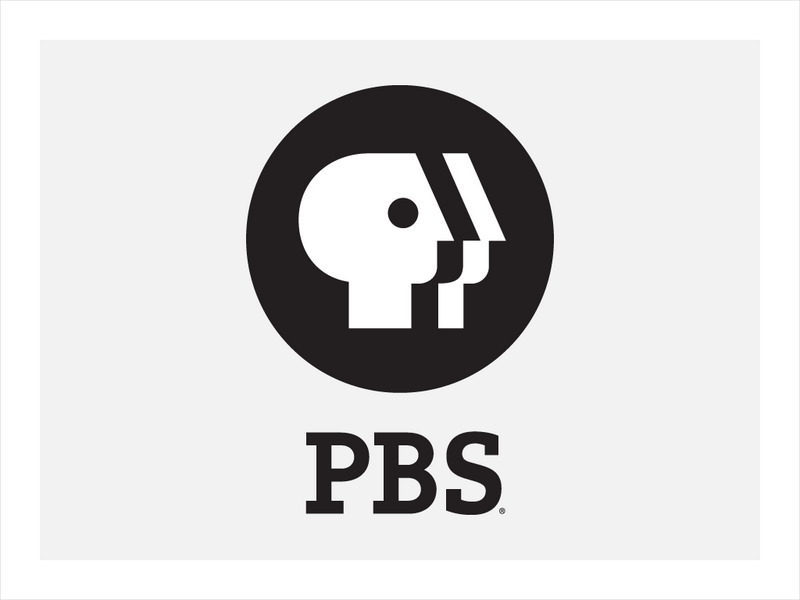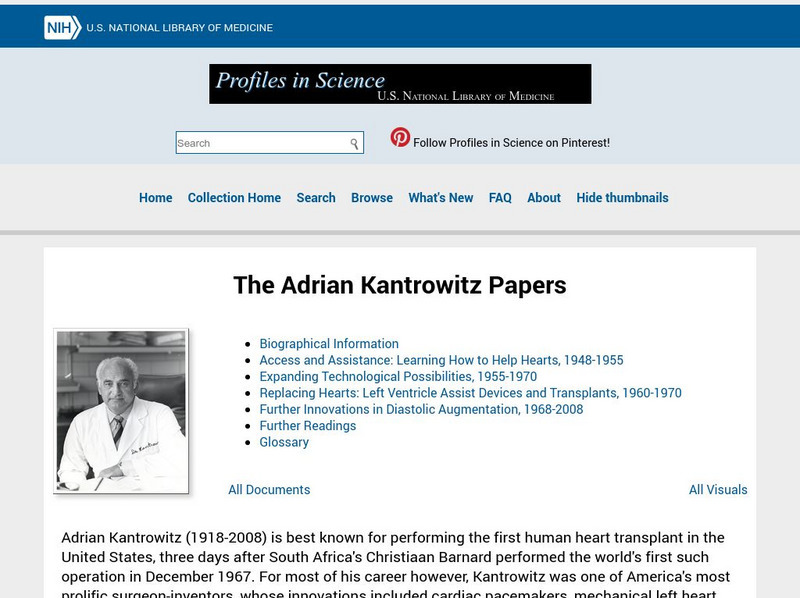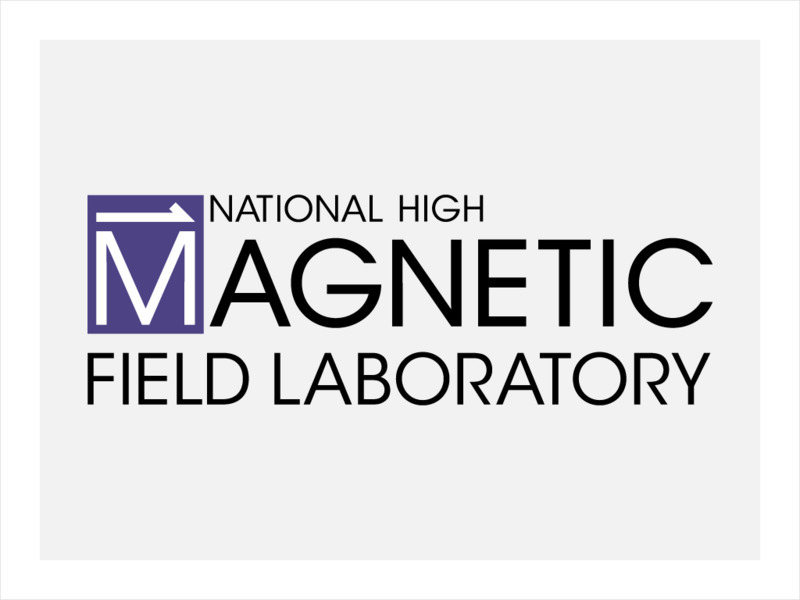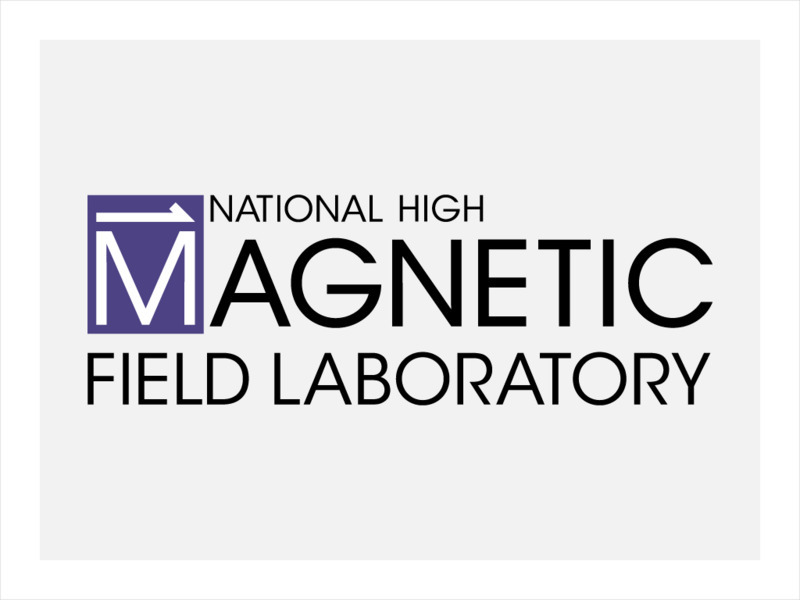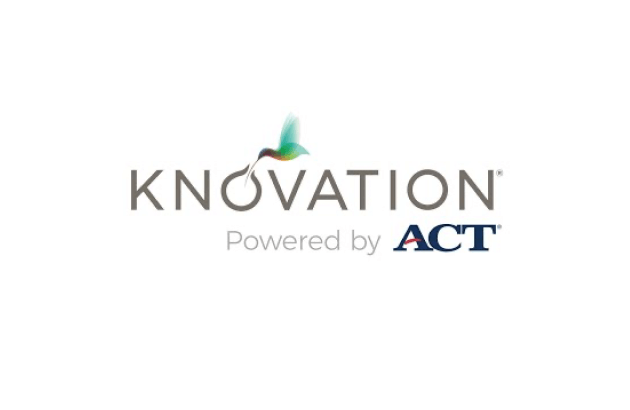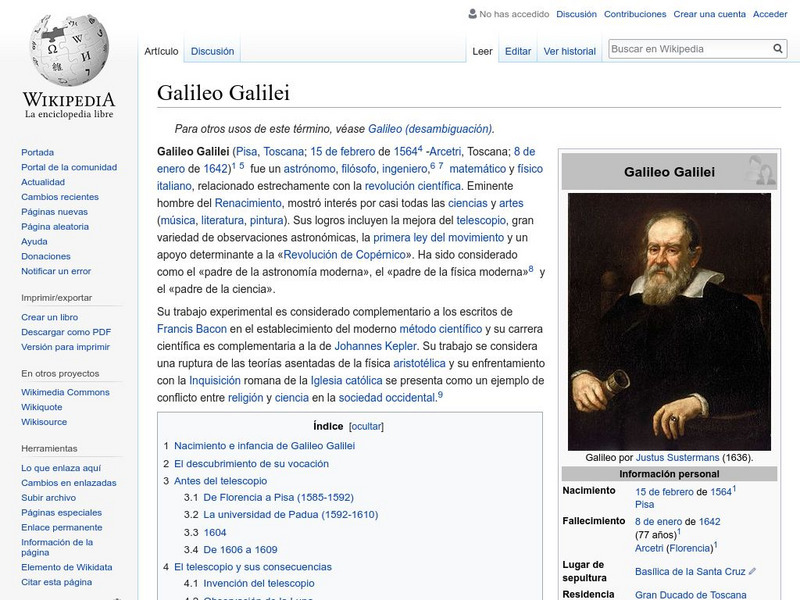Scientific Revolution Inventions 1500-1700 Teacher Resources
Find Scientific Revolution Inventions 1500-1700 lesson plans and worksheets
Showing 354 resources
Discovery Education
Discovery Education: Science Fair Central: Investigation Project Steps
Read and print out steps that will help you with your science fair project, from topic forming and researching to analyzing and drawing conclusions..
Massachusetts Institute of Technology
Mit: Inventor of the Week: Orville & Wilbur Wright
This article briefly summarizes the Wright Brothers' scientific curiosity and ambitions which fueled their desire to create the first flying machine.
PBS
American Experience: Technology Timeline: 1752 1990
Short descriptions of important technological innovations produced in America and the date of their introduction.
PBS
Pbs: American Experience: Joseph Henry Lays Groundwork for the Telephone
This is the man who most encouraged Bell to invent the telephone. Bell said, "But for Henry, I never would have gone ahead with the telephone." This is a fascinating account both of Bell's invention and of Henry's life. Half a biography,...
Albright-Knox Art Gallery
Albright Knox Art Gallery: Kinetic Art Mobiles
Alexander Calder invented two new kinds of sculpture: mobiles and stabiles. In The Cone, he combines elements of each-a stabile, or non-moving sculpture, connected to a mobile, or moving sculpture. In this lesson plan, students use their...
National Institutes of Health
U.s. National Library of Medicine: Profiles in Science: Adrian Kantrowitz Papers
Adrian Kantrowitz's life and scientific accomplishments are chronicled and catalogued in this extensive exhibition. Kantrowitz was famous for performing the first heart transplant in the United States, and for the life-saving inventions...
TeachEngineering
Teach Engineering: Sound
Students learn the connections between the science of sound waves and engineering design for sound environments. Through three lessons, students come to better understand sound waves, including how they change with distance, travel...
Nobel Media AB
The Nobel Prize: Microscopes Help Scientists Explore Hidden Worlds
This is a site full of information about various microscopes and the objects and processes scientists study with them. Includes timelines and interactive simulations.
National High Magnetic Field Laboratory
Magnet Academy: Heinrich Rohrer
Swiss physicist Heinrich Rohrer co-invented the scanning tunneling microscope (STM), a non-optical instrument that allows the observation of individual atoms in three dimensions, with Gerd Binnig. The achievement garnered the pair half...
Energy for Sustainable Development
Esd Bulgaria: Kids & Energy: Energy Pioneers: Gertrude Elion (1918 1999)
A profile of Gertrude Belle Elion, an American biochemist and pharmacologist and a Nobel Prize winner. She struggled to find her place in the male-dominated scientific world, and went on to become the first woman to be inducted into the...
University of Maryland
Optics Highlights: The Microscope
Part of an anecdotal history of optics and the study of light. Extremely thorough treatment of the scientific findings and developments which led to the invention and refinement of the microscope. Includes a short biographical sketch and...
Everything ESL
Everything Esl: Soaring High With Kites
Dynamic unit on kites which can be used to teach about weather, wind, flight, and inventions. Teach students about the importance of kites in many cultures and the significance of kites as a scientific discovery.
National High Magnetic Field Laboratory
Magnet Academy: Timeline of Electricity and Magnetism: 1870 1879
The telephone and first practical incandescent light bulb are invented while the word "electron" enters the scientific lexicon.
Famous Scientists
Famous Scientists: Fibonacci Leonardo of Pisa
Find out about how Fibonacci invented the modern number system, and contributed to the scientific revolution.
Crash Course
Crash Course History of Science #17: Newton and Leibniz
Who do we have to thank for inventing calculus? Whether you love or hate it, the credit goes to two people - Sir Isaac Newton and Gottfried Wilhelm von Leibniz. Learn about their myriad of accomplishments in science and math during the...
Khan Academy
Khan Academy: Crowdsourcing With a Global Crowd
Explore how crowdsourcing helps us to create common goods, invent new products, and make scientific discoveries.
Wikimedia
Wikipedia: Galileo Galilei
Spanish-language encyclopedia entry for Galileo Galilei. This site presents the reader with a comprehensive biography of the scientist, along with a chronicle of his life and works.
University of Houston
University of Houston: Engines of Our Ingenuity: No. 183: Robert Hooke
A brief look into the way Hooke fit into the scientific and intellectual community of his day. Contains references to other major thinkers, and to his own inventions.


